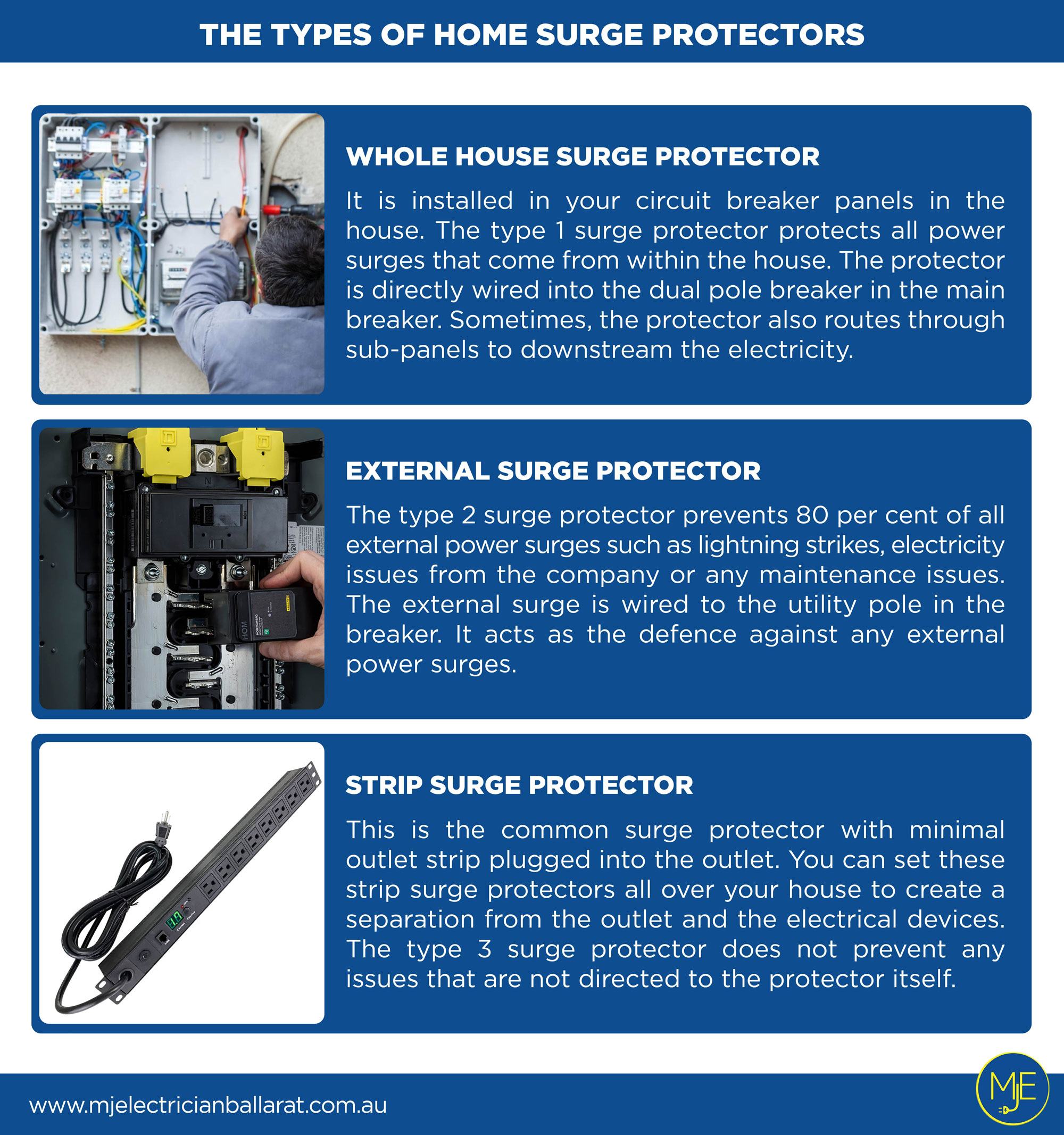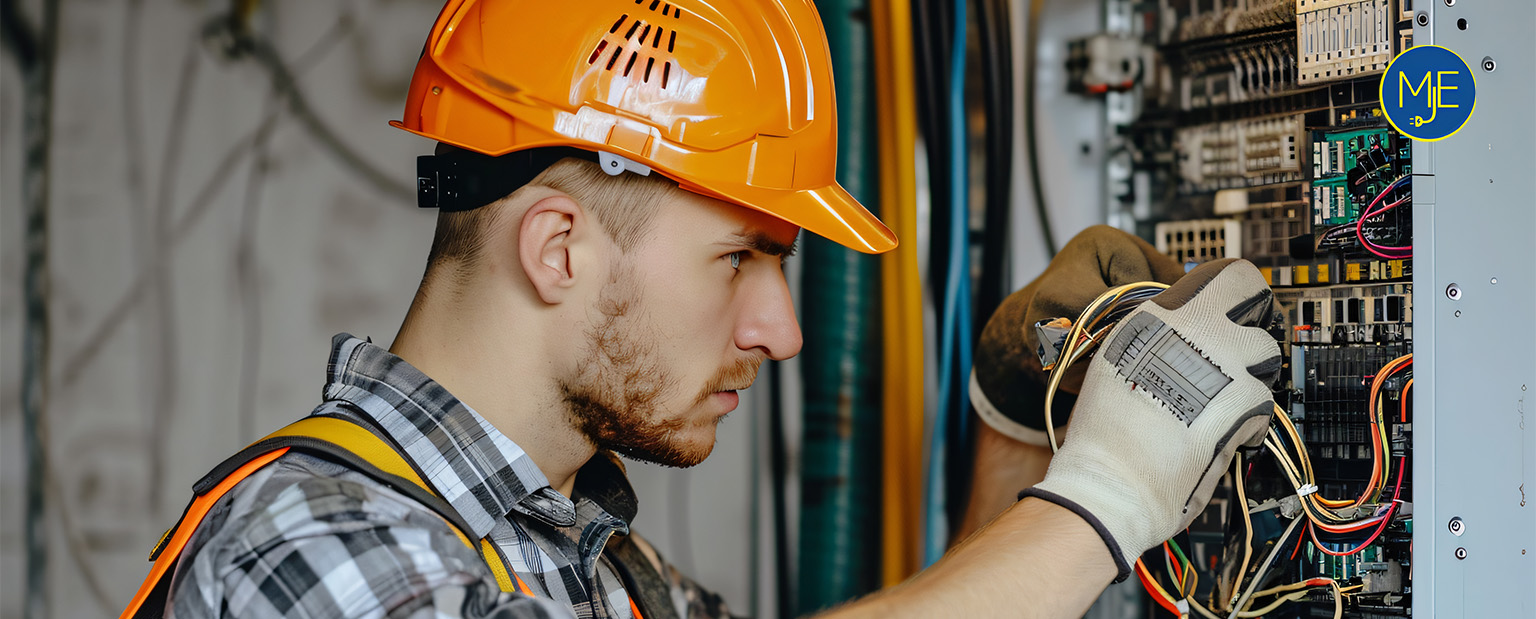When the weather starts changing, you hear a lot about how installing a whole house surge protector is a great investment. So it is time to know more?
Many homeowners commonly interchange surge protection with a power strip. Even though some power strips can provide surge protection, it is not the same with all. While a power strip allows you to plug in more than one electrical device, a surge protection device acts as a filter and protects the power utility against any power surges and sudden power spikes.
There are many ways your power utility can experience a power surge, some of which includes:
- Lighting
- Tripped circuit breakers
- Switching on and off large appliances
- Faulty wires
- Power outage
Power surges happen unexpectedly and fast. The damage caused by these sudden power spikes can damage or destroy your appliance and electronic devices, it can also damage the circuit board. This is why
installing a whole house surge protector will prevent major damages and save you a lot of money.
What is surge protection and why is it beneficial?
In simple words, surge protection is installed to protect the circuit board and electrical appliances from power spikes that happen within the house and from external power surges. A surge protector protects all the electronic appliances that are connected to the circuit board such as stoves, washers, dryers, HVAC, LED lights, fridge, and any electrical device.
The power surge protector also prevents surges caused due to switching on and off large appliances in the house. Many people assume that mini surges that come from within the house usually do not last long to cause a major effect. However, we all know that even the minor problems in the electrical grid can cause worse problems if left unseen.
Many homeowners consider installing a whole house surge protector to prevent damages caused due to lightning strikes. These strikes can come in with very powerful voltages causing a major hit to the electrical utility line in the house.
There are different types of protectors that you must know about when you look into whole house surge protector devices.
The types of home surge protectors
- Whole house surge protector – It is installed in your circuit breaker panels in the house. The type 1 surge protector protects all power surges that come from within the house. The protector is directly wired into the dual pole breaker in the main breaker. Sometimes, the protector also routes through sub-panels to downstream the electricity.
- External surge protector – The type 2 surge protector prevents 80 per cent of all external power surges such as lightning strikes, electricity issues from the company or any maintenance issues. The external surge is wired to the utility pole in the breaker. It acts as the defence against any external power surges.
- Strip surge protector – This is the common surge protector with minimal outlet strip plugged into the outlet. You can set these strip surge protectors all over your house to create a separation from the outlet and the electrical devices. The type 3 surge protector does not prevent any issues that are not directed to the protector itself.
The benefits of installing a surge protection device
- You can save a whole lot of money by preventing the damages caused by internal and external power surges. Typically, your insurance might cover the cost of the damages but if it is an appliance that is damaged and not the house then they might not cover the costs.
- You can keep your entire house safe by guarding it against power spikes and irregular voltages, whether it’s small damage or a major one, installing protectors will help your devices last longer and save money.
Installing a two-tiered system is the best whole house surge protection for your house. It is effective and it is an investment that can save you from a lot of electrical hassles in the future.
Where is surge protection required?
Any commercial or industrial buildings must install surge protection devices. As for residential properties, the type of surge protection depends on the use of electrical devices and appliances and their occupancy.
How does surge protection work?
When there is a short-term voltage spike, the surge protection device will sense it and divert the electricity into the ground wire before the extra electricity reaches the appliances and electrical devices in your home.
The surge protector has an internal component known as the MOVs, it functions as a magnet to divert the electrical spike away from the outlets preventing any damages to the circuit board.
Is surge protection necessary?
Every household is estimated to possess more than one electronic appliance and device that can be the cause of many internal power surges. This can reduce the lifespan of your electronics and damage them beyond repair.
On the other hand, the majority of households face major electrical spikes that can cause fires and other tragic experiences. This is why
installing a surge protection device in homes that use high-end electronics is a better option than spending thousands in repairing damaged circuit boards and electronic devices.
If asked whether it is necessary to install surge protection, then the answer is yes!
It is always better to prevent than to repair.
Hire a skilled electrician to install Whole-home surge protection
If you plan on installing whole house surge protection to your house, then it is highly recommended that you hire a skilled electrician to do the job right.
It takes a skilled electrician two hours to install the surge protector in your electrical system.
Why should you hire a certified licensed electrician to install surge protectors?
There are many reasons why you should consult a professional before you do it yourself. Some of the main reasons include:
- It is risky to work with electrical wires with high voltages if you are not a professional.
- The electricity board in your house can be confusing with many wires. Installing the protectors improperly can cost you extra money to fix it.
- The professional you hire will know whether your house has a proper grounding to help the whole house surge protector to function properly.
- To keep your family, your home and yourself safe it is best to hire a professional electrician.







